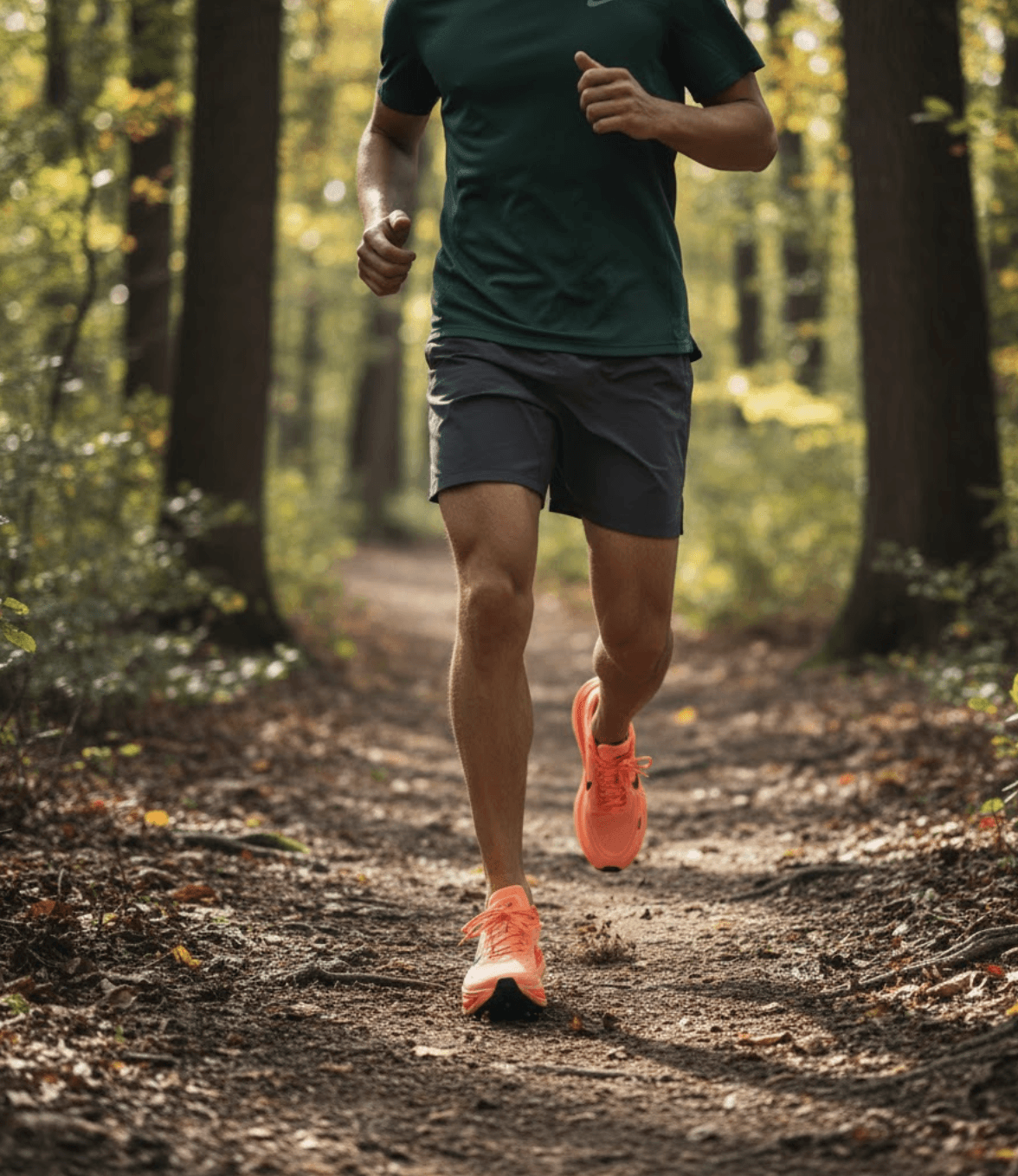
Your Guide to Achilles Tendon Surgery Recovery: How Physical Therapy Gets You Back on Your Feet

By
Dr. Michael Makher
Jun 11, 2025
Whether you're a runner, gym-goer, weekend warrior, or just want to get back to walking pain-free, this step-by-step guide shows how physical therapy helps.
Disclaimer: This article is for educational purposes only. It should not be seen as medical advice. Every case and person is unique, so treatment and prevention should be customized by a licensed professional.
An Achilles tendon rupture is a serious injury—but with the right recovery plan, you can regain strength, mobility, and confidence. At Pain & Performance Coach in Hillsboro (OR), we guide active adults and athletes through every phase of healing after Achilles surgery.
Whether you’re a runner, gym-goer, weekend warrior, or just want to get back to walking pain-free, this step-by-step guide shows how physical therapy helps you recover safely and fully.
What Is the Achilles Tendon?
Your Achilles tendon is a thick, rope-like structure that connects your calf muscles to your heel. It plays a key role in walking, running, and jumping—but when torn, it loses its ability to spring and support you.
Surgical repair is often needed for active individuals. But recovery doesn’t stop with stitches. That’s where physical therapy makes all the difference.
PHASE-BY-PHASE RECOVERY + MILESTONES
Phase 1: Protection & Healing (0–2 weeks post-op)
Goal: Allow wound healing and protect the surgical site
🔹 What happens:
You’ll wear a boot or cast with your foot pointed downward
No weight on the leg (crutches or scooter)
Focus on rest, swelling control, and gentle exercises for hips/thighs
🔹 What we do in therapy:
Teach you how to move safely
Begin gentle strength work for upper leg
Introduce blood flow restriction therapy (BFRT) if cleared
✅ Milestones to reach before moving on:
Incision healed with no signs of infection
Minimal swelling and pain
Able to do basic hip/knee movements without pain
Orthopedist/podiatrist clearance to begin partial weight bearing
Phase 2: Early Mobility & Weight Bearing (2–6 weeks)
Goal: Begin walking again—in a safe, controlled way
🔹 What happens:
Start walking in a boot with heel lifts (50–100% weight)
Use BFRT to slow muscle loss
Begin gentle ankle exercises (no stretching)
🔹 What we do in therapy:
Restore calf activation and muscle control
Monitor ankle range of motion
Track tendon tightness to avoid over-stretching
Begin stationary cardio (bike or upper body ergometer)
✅ Milestones to reach before moving on:
Walk 100% weight-bearing in the boot with minimal pain
Ankle movement returns to neutral (not beyond)
No signs of tendon elongation
Confidence and balance while walking with boot
Phase 3: Strength Building & Gait Training (6–12 weeks)
Goal: Restore walking mechanics and begin strength training
🔹 What happens:
Transition from boot to shoe with heel lifts
Begin structured strength program (bodyweight to light resistance)
Focus on calf, glutes, and core control
🔹 What we do in therapy:
Introduce standing heel raises, squats, and low-impact mobility
Add resistance (with BFRT or light weights)
Gait retraining with mirror, treadmill, or overground drills
✅ Milestones to reach before moving on:
Walk in shoes without a limp
Perform double-leg heel raises with decent height
Ankle range of motion within functional limits
Able to stand, squat, and climb stairs without major compensations
Phase 4: Advanced Strength & Movement Control (12–24 weeks)
Goal: Build full lower body strength and control during dynamic movements
🔹 What happens:
Start plyometric (jump-based) drills, banded hops, and single-leg strength work
Improve endurance with stair climbing, elliptical, or running drills
Progress heel raises to single-leg with full height and control
🔹 What we do in therapy:
Continue strengthening at more advanced levels
Restore balance and joint control during agility drills
Work on reintroducing high-speed movements
✅ Milestones to reach before moving on:
Perform 10+ single-leg heel raises with full height
Able to jog on a treadmill or AlterG treadmill without pain
Symmetrical movement patterns during squats/lunges
Strength within 80–90% of non-injured side
Phase 5: Return to Sport or Full Activity (24+ weeks)
Goal: Safely return to running, sports, or high-level activities
🔹 What happens:
Transition back to field, court, or gym-based movements
Resume sport-specific training with reduced injury risk
Monitor loading, symmetry, and movement quality
🔹 What we do in therapy:
High-speed agility, sprint, and change-of-direction work
Jump testing and performance metrics (e.g., force plate testing)
Custom reconditioning plans for sport or work
✅ Milestones to reach before full clearance:
90%+ strength symmetry (measured with force plate and dynamometer testing)
No pain during running or jumping
Confidence and full range of motion in injured limb
Successful completion of sport-specific or job-specific testing
Don’t Skip Rehab—Get the Help You Deserve
✔️ Full recovery from Achilles surgery takes 6–9 months
✔️ Without proper rehab, strength loss and tendon lengthening can hold you back
✔️ Early, guided therapy = better long-term outcomes
At Pain & Performance Coach, we work with patients across Hillsboro, Beaverton, Aloha, and Portland. You’ll receive expert care, modern techniques like BFRT and force testing, and a step-by-step plan to get you moving again.
Don’t Miss Out
Join our newsletter to get latest research insights.
Whether you're a runner, gym-goer, weekend warrior, or just want to get back to walking pain-free, this step-by-step guide shows how physical therapy helps.



